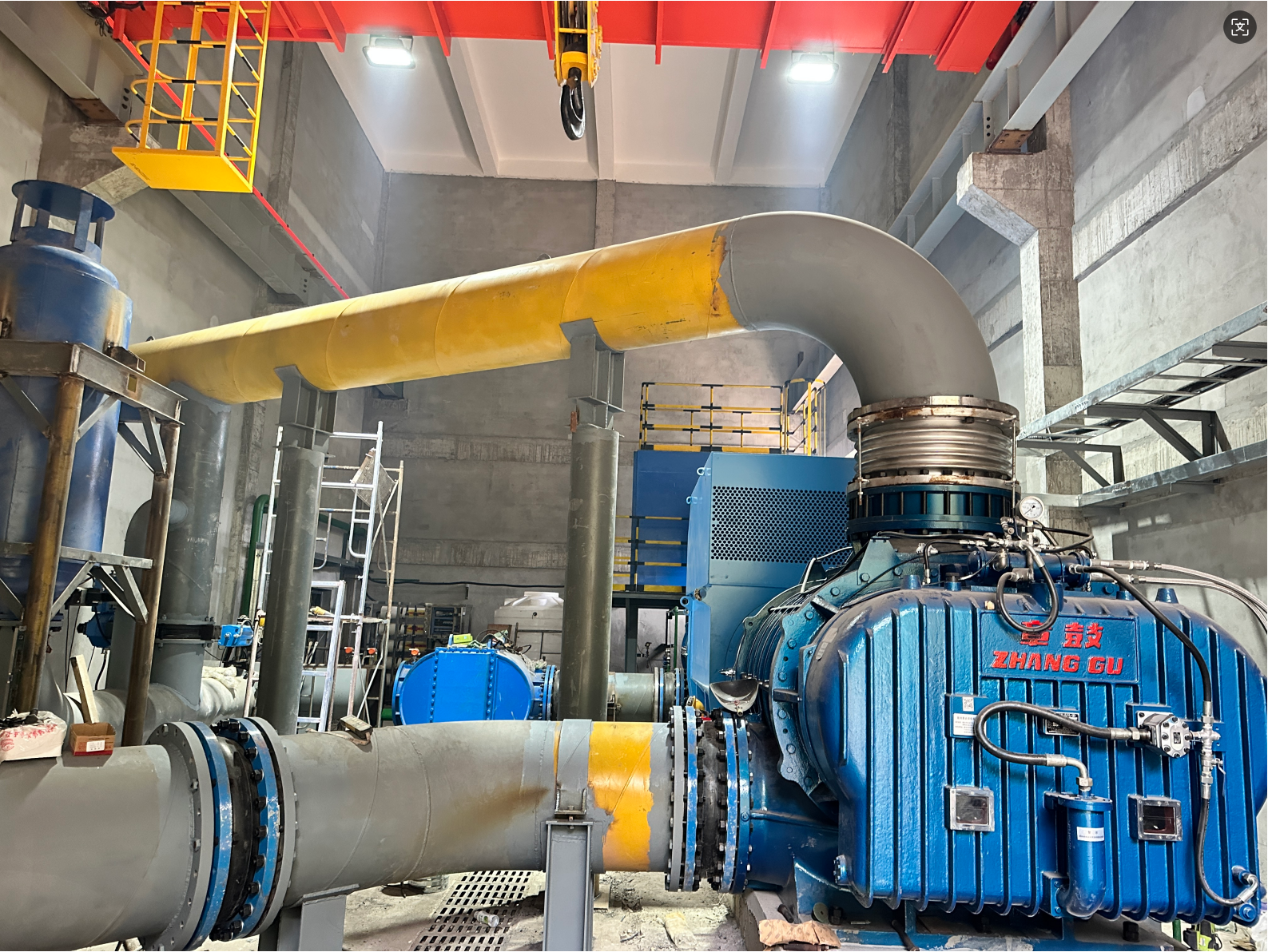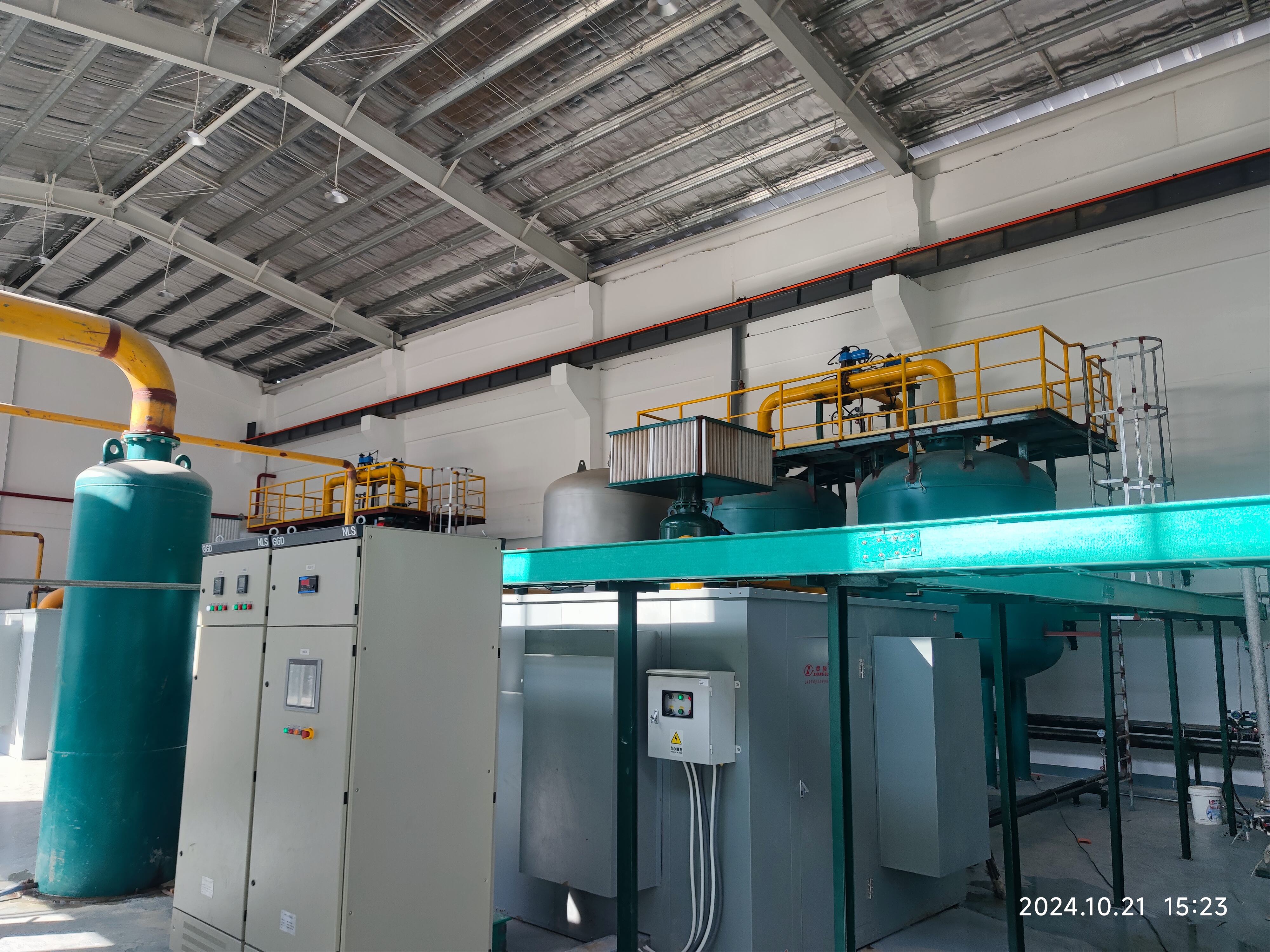ការផលិត痒សេនជាច្រើនដោយប្រើវិធីទាញយក
ការផលិត痒ស៊ីហ្គេនដោយវិធីទាញយកចំរុងជាច្រើនគឺជាការដំណើរការឧស្សាហកម្មប្រចាំថ្មី ដែលបំបែកយស៊ីហ្គេនពីអាកាសធាតុដោយប្រើស៊ីវេម៉ូលេកុលសំខាន់។ វិស័យនេះដំណើរការតាមគោលការណ៍ការទាញយកតាមសេវាកម្ម (PSA) ដែលការទាញយកជាច្រើនដូចជាយូត្រីស៊ីហ្គេន និងកាសផ្សេងទៀតត្រូវបានទាញយកជាពិសេស ប៉ុន្តែយស៊ីហ្គេនត្រូវបានធ្វើតាមរយៈ។ ប្រព័ន្ធនេះមានប៉ូរស៊ីវេច្រើនដែលបានបំពេញដោយស៊ីវេម៉ូលេកុលសំខាន់ ដែលដំណើរការជាទម្រង់ជំនួសដើម្បីធានាថាវាអាចផលិតយស៊ីហ្គេនបានជាមួយនឹង។ ដំណើរការចាប់ផ្តើមដោយអាកាសបង្រុកត្រូវបានបញ្ចូលទៅក្នុងស៊ីវេម៉ូលេកុល ដែលម៉ូលេកុលយូត្រីស៊ីហ្គេនត្រូវបានចាប់យក ប៉ុន្តែម៉ូលេកុលយស៊ីហ្គេនត្រូវបានធ្វើតាមរយៈ។ ដំណើរការនេះនៅពេលដែលប៉ូរមួយក្លាយជាសំបុក ប្រព័ន្ធនឹងប្តូរទៅកាន់ការស្រឡាញ់ដំណើរការដោយស្វ័យប្រវត្តិ ប៉ុន្តែប៉ូរផ្សេងទៀតនឹងយកទៅកាន់ដំណើរការបំបែក។ កន្លែងផលិតយស៊ីហ្គេនដោយវិធីទាញយកចំរុងទៅកាន់សំណុំទំហំធំអាចទទួលបានកម្រិតភាពស្អាតរបស់យស៊ីហ្គេនដល់ 95% និងមានសមត្ថភាពផលិតច្រើនពី 100 ដល់ 20,000 Nm³/ម៉ោង។ វិស័យនេះបញ្ចូលប្រព័ន្ធប្រតិបត្តិការស្វ័យប្រវត្តិដែលត្រូវបានធ្វើឱ្យប្រើប្រាស់ដើម្បីសង្កេតនិងប្រៀបធៀបបំណុលប្រតិបត្តិការ ដើម្បីធានាថាវាអាចផ្តល់លទ្ធផលសម័យដោយស្ថិរភាព និងសមត្ថភាពស៊ីអេន។ វិធីនេះបានក្លាយជាការទទួលបានសំណាងក្នុងឧស្សាហកម្មផ្សេងៗ រួមទាំងឧស្សាហកម្មផ្ទះម៉ូ ការផលិតសំណុំគីមី មន្ទីរពេទ្យ និងកន្លែងកាត់ទឹកសំណល់។


